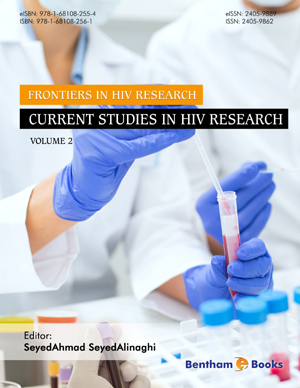Abstract
In many countries access to some populations most at risk of contracting HIV is limited. Thus conventional sampling methods cannot be utilized for studying various aspects of the epidemic among those populations. Respondent-Driven Sampling (RDS) and Time-Location Sampling (TLS) methods are developed during the recent years to allow having more accurate and more generalizable estimates on the characteristics of the participants. RDS uses the links in the social network of participants for recruitment of new ones and TLS uses the places where the potential participants usually gather. Both methods have assumptions and limitations which should be considered when applying them to different groups and situations. Prior formative research may provide invaluable information on some factors which may influence the researchers’ choice for using these methods including cost, time, feasibility and coverage of target population. This may also help in guiding development of public health interventions to mitigate the risks. Some statistical software is available for analysing data gathered from samples together with some modifications and tricks to decrease bias.
Keywords: Bias, Epidemic, HIV, Location, Population, Respondent, Risk, Sampling, Selection, Snowball.






















